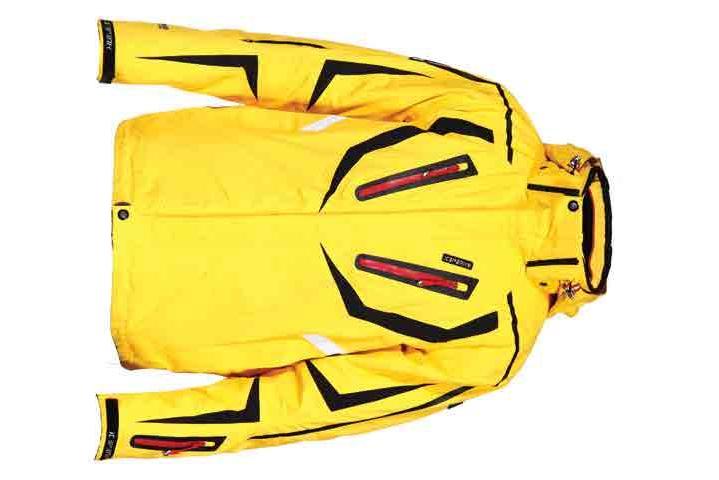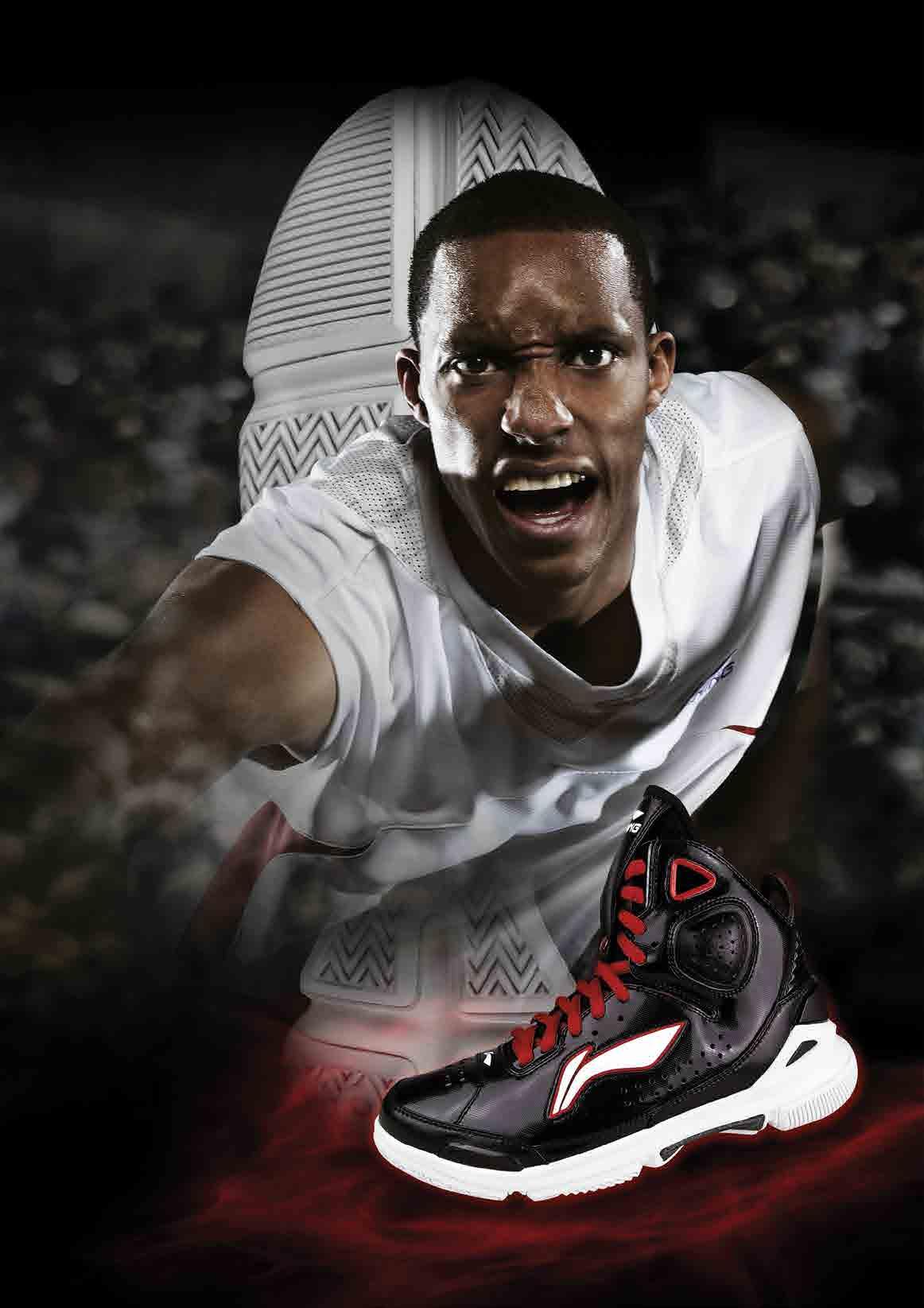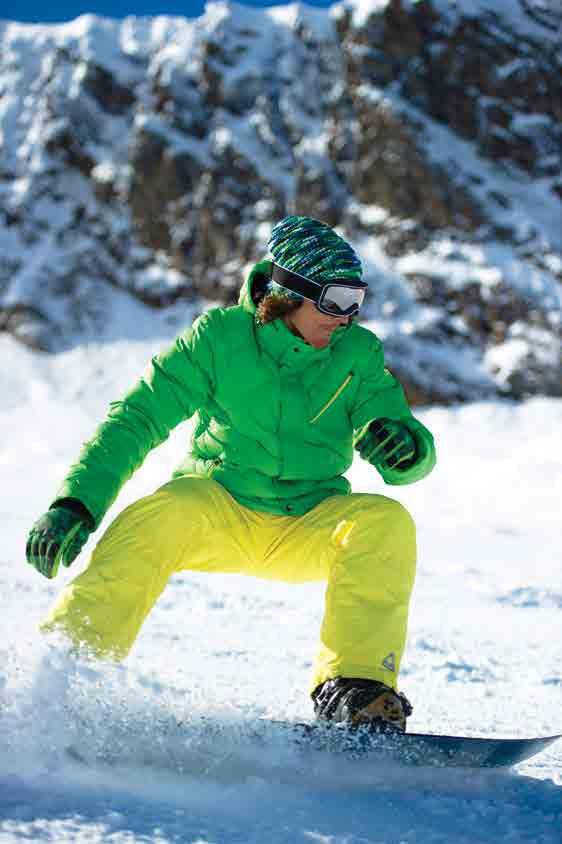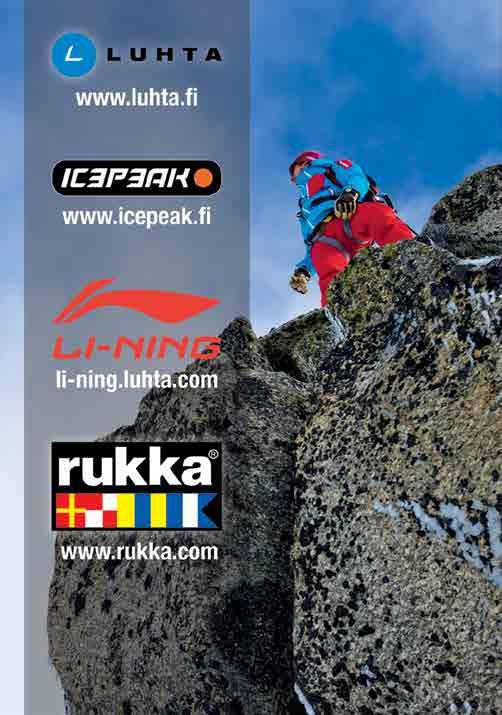
6 minute read
Bringing the Far East to Europe L-Fashion
BRINGING THE FAR EAST TO EUROPE
The L-Fashion Group, based in Lahti, Finland, is active in the fashion, sportswear and home textile sectors. It is currently in the process of introducing an exciting range of sporting apparel in collaboration with its Chinese partners – something it hopes will go down well amongst European consumers. Victoria Hattersley talks to managing director Vesa Luhtanen about the continuing success of its various sportswear brands in Europe and beyond.

The L-Fashion Group, known as Luhta until 1992, is divided into three separate divisions: fashion, sport and home textiles. Its fashion and home textiles products are mainly directed at the domestic and Russian markets, where it has a chain of 60 of its own Aleksi 13 retail outlets.
However its sportswear division – the focus of this article – is well-established throughout Europe and the company has ambitions to take it even further in the coming years. It has been building up its sporting brand visibility by collaborating with high-profile motor sport clients such as Citroën and Ford, by sponsoring the world’s best ski jumping teams and dressing members of several European ski clubs, for instance.
Over the past decade the company has moved almost its entire production to the Asian market in order to position itself more competitively. In this it has succeeded, as Mr Luhtanen explains: “We are no longer producing in Europe because of the cost factor. We have always positioned ourselves in the lowhigh and medium-low segments where price is a very important consideration from both the consumer and the retailer perspective. After struggling a little in the late 1990s we have now found a good quality:price ratio.”
It is this outsourcing of production which the company’s managing director believes gives L-Fashion Group its main competitive edge in a fairly crowded European sector.






“Since the financial world has been shaken, consumers are naturally much more careful with their spending. Because we have our own low-cost production company in China and work very closely with our subcontractors, we have a good and fluent flow of information so we can be both efficient and competitive on price.”
Main sporting brands
L-Fashion Group has carved out its stable European market position thanks to a number of innovative, well-established and respected sporting brands. The biggest and most widely distributed of these today is Icepeak – featuring a wide range of clothes and accessories for outdoor activities. This is currently distributed throughout the world in 60 countries. The newest member of the L-Fashion sportswear stable – established in 1999 – it now brings in an annual turnover of over €100 million.
The oldest brand is Luhta, which was first introduced at the end of the 1950s. Having lost market share at the end of the 1990s owing to the prohibitive European production costs before this was shifted to Asia, it is once again a strong player in the European market. Mr Luhtanen explains that “This is an important brand for us because it is one of our oldest, and of course until 1992 the company name was Luhta.”
Rukka is unique amongst the L-Fashion Group sporting brands in that it is the only one to target a niche sector – protective garments for motor sports. This line of clothing has proven particularly popular especially in Germany and in the UK market. Torstai is a brand of skiwear which is sold mainly in Scandinavia although, as Mr Luhtanen says, the company is also looking to re-launch it on the entire European market and take it beyond skiwear.
As well as this, L-Fashion is seeking to expand its offering into areas such as sporting shoes and speciality segments such as running or team sports. “We have never had any competition with brands such as Adidas, Nike or Reebok. We understand that these sectors are tough but it will be interesting to see how we fare,” says Mr Luhtanen
A flavour of the east
In addition to its core brands, L-Fashion Group is in the middle of a very interesting project. Building on its strong links with the Chinese market it is currently collaborating with the Chinese sportswear brand Li Ning to bring sporting fashion from the Far East to the European market. This is the first time Chinese sporting products have been widely introduced to the European market and Mr Luhtanen is very keen to see how they will be received by consumers.
He tells us: “New ideas from Asia will almost certainly be entering the European market in many different sectors in the years to come as the power of China increases. We want to be part of that trend early on. We are following the design ideas of Li Ning but we will be adding our own twist to help the European acceptance of this offering.

“We will see how this develops, but it’s an interesting and challenging project for us. The good thing is that our Chinese partners see this as a long-term collaboration so they are in no hurry. This gives us time to grow the brand steadily, building credibility through the right offering.”
Steady growth set to continue
In terms of European sales, Germany is the biggest market for L-Fashion Group, but Mr Luhtanen is quick to add that Russia offers the greatest prospects for growth. “In the next couple of years we are expecting to see Russia overtake Germany as our most important European sales market.
“In the rest of Europe, our growth will come by launching and re-launching brands there. But the growth in these more mature markets will continue to be more steady and not at such high percentages as we will be seeing in Russia. We have a daughter company in Italy and we see good possibilities in that market in the years to come. However, there are not any big openings and the competition is tough. Each segment already has a lot of suppliers so we have to fight hard to maintain our competitive edge.”
Further afield, Mr Luhtanen says the company will be keeping its eye on possibilities in the North American market – but any growth there will be slow and steady. As he explains, its strategy has always been to work closely with its retail customers in the areas its serves and to expand gradually. “We have been around for 105 years so it’s not important for us to get quick returns on investments. It’s about showing our customers we have strong brands and can perform well in the market. n













